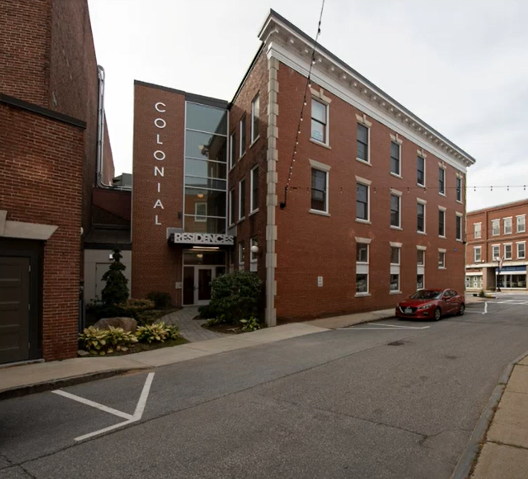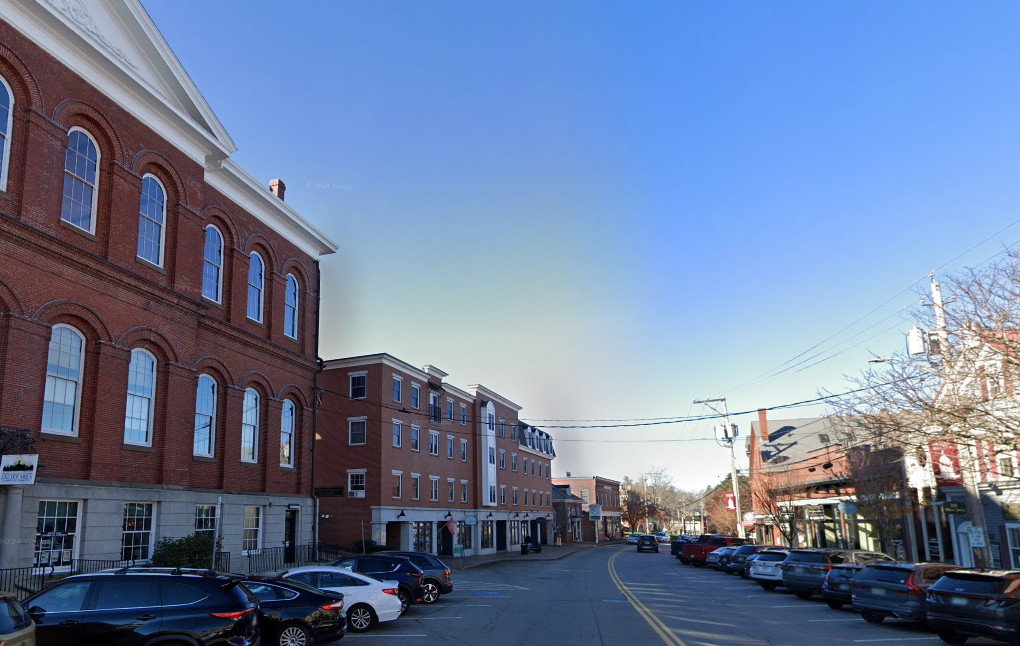New Meets Old: 5 tips for Historic District Commissions When Reviewing Additions or Infill Development
If you serve on a Historic District Commission, you’ve probably reviewed applications for new additions on historic buildings or infill development in your district. Maybe your Commission has struggled to get property owners in your district to understand the importance of good design for additions and new buildings. Maybe there’s been some internal disagreement over proposed designs, too. But the design review process doesn’t have to be difficult!
Read the tips below to understand how your Commission can face tough decisions and stay on the sunny side of local design review.
Look to Standards
First things first: are your Commission members familiar with the Secretary of Interior’s Standards for Rehabilitation? Do you reference the Standards in addition to your own design guidelines while reviewing projects? If not, start there. It is the responsibility of Commission members to be fluent in the Standards so you can make informed decisions during design review. These Standards are the backbone of professional preservation practices, and they should guide you in every stage of your decision-making process.
Standards 1, 4, 9, and 10 speak specifically to additions and infill development projects. The most important Standard to remember when reviewing additions or infill projects is Standard 9: “New additions, exterior alterations, or related new construction shall not destroy historic materials that characterize the property. The new work shall be differentiated from the old and shall be compatible with the massing, size, scale, and architectural features to protect the historic integrity of the property and its environment.” But remember, what characterizes a property or district as historic depends on its location and context. Which brings us to tip #2….
Context matters
When an addition or infill review project comes before your Commission, remember that the type of building, the type of district, even the type of addition or infill that you’re reviewing will be based on a particular context. Context encompasses the environment, setting, and even the feeling where something happens, which can influence its meaning or significance. An addition on a Church will not be reviewed with the same context as an addition on a mill building or dwelling because a Church looks, feels, and functions differently than a large-scale industrial building. A new mixed-use building in a downtown district will not be reviewed the same as residential infill in your village district because the setting and feeling of the districts are likely completely different. Ask your Commission members these questions: What is the building we are reviewing significant for and what is its context? What are the significant features and context of the district this project is in? To what degree does the proposed project relate to the identified significance and context? How sensitive is the context to change? Would the new addition or infill project change the feeling of the district or fit right in?
Local sentiment also plays a big role in which designs work in specific communities or locations. Your community values may not be the same as your neighboring towns’, so make sure to take community-specific context into consideration as well. Ask: What projects have been successful in the past in our community and how did they meet the identified community context?
Don’t make it personal
Remember, it’s common for members of your Commission to have differing opinions on proposed projects. They come from different professional backgrounds and may have different perceptions of what makes the building or district under review important. Differing opinions can facilitate interesting discussions but can also cause internal conflict. Don’t let personal opinions get in the way! Different does not mean wrong. Try to remember that it is your job to find common ground and render a decision that maintains the integrity of the building or district.
Stick to the standards. Stick to the design guidelines. Stick to the context. And leave your emotions at the door on your way into the meeting.
Remember that you can offer recommendations instead of saying “no”
Your Commission can offer recommendations for a redesign if the project presented at the first design review meeting is not agreeable to all parties. Review the project application fully and, if the proposed addition or infill project is not compatible with the Standards and the guidelines of your district at first, your Commission can offer details about what does not satisfy those requirements. At its best, this feedback offers a clear path forward to an approval for the Commission and the applicant. Think hard about what changes will result in an approval the second time. Your requests directly affect the ease and potential costs of the redesign process.
Attend training sessions
Commission members should attend regular training sessions or watch recorded webinars to familiarize themselves with best practices and case studies for reviewing additions to historic buildings and infill development. Join the National Alliance of Preservation Commissions (NAPC) and participate in their training sessions and webinars for Historic District Commission members. Read through the links below and share other options with your Commission members. Even if you think you know your stuff, a refresher is always a good thing!
For more information
Watch the NH Office of Planning and Development 2025 Conference Session: New Meets Old: Additions to Historic Buildings and Infill Development
Review the Secretary of the Interior’s Standards for Rehabilitation
NH Division of Historic Resources’ Key Design Review Questions for Historic District Commissions
Read related National Park Service guidance on additions to historic buildings:
Preservation Brief 14: New Exterior Additions to Historic Buildings: Preservation Concerns
Preservation Brief 32: Making Historic Properties Accessible
Interpreting the Standards Bulletins: Specifically, numbers 3, 10, 18, 36, 37, 47, and 53



